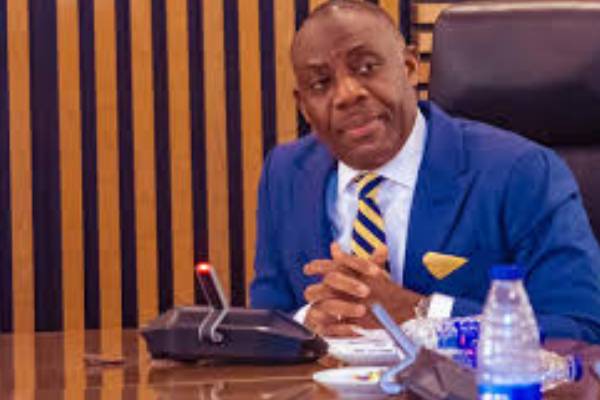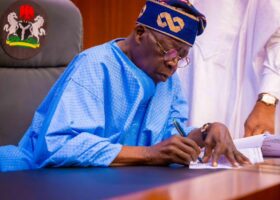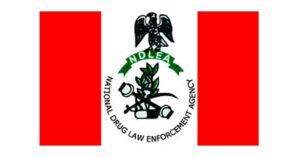The Federal Ministry of Education has set 12 years as the minimum age for pupils seeking admission into Junior Secondary School One (JSS1) in non-state schools across the country, following the completion of six years of primary education.
The new policy is contained in a document on Non-State Schools launched by the ministry last week. It seeks to standardise the operations of private, independent, or faith-based schools, which are not managed by the government but play a growing role in Nigeria’s education system.
According to the ministry, children should begin Nursery One at the age of three, move to Nursery Two at age four, and complete a mandatory one-year kindergarten programme at age five. Primary education begins at age six and lasts six years, meaning pupils are expected to reach JSS1 at around 12 years.
“Every child must complete six years of primary education,” the policy stated. “They shall be admitted into Junior Secondary School (JSS1) when they have completed six years of primary education, at around the age of 12.”
If fully implemented, this policy means Nigerian learners would attain the age of 18 before becoming eligible for university admission — a point that has generated debate in recent years.
In 2023, the then Minister of Education, Professor Tahir Mamman, announced 18 as the minimum age for university entry, citing maturity and readiness for higher learning. However, his successor, Dr Tunji Alausa, later reverted the minimum entry age to 16.
The policy also highlights the expanding role of non-state schools in Nigeria’s education landscape. Data from the Nigeria Education Digest 2022 shows that non-state schools outnumber government schools at the junior secondary level in at least 26 states. At the primary level, state schools are more prevalent in 19 states.
Between 2017 and 2022, non-state primary schools increased by 31.56 per cent, while state primary schools grew by only 3.3 per cent. At the junior secondary level, non-state schools saw a 35.06 per cent growth, compared to just 6.8 per cent for state-owned schools.
The ministry noted that while non-state schools are helping to meet demand, the quality of education provided varies widely, prompting the need for uniform policies and greater oversight.





